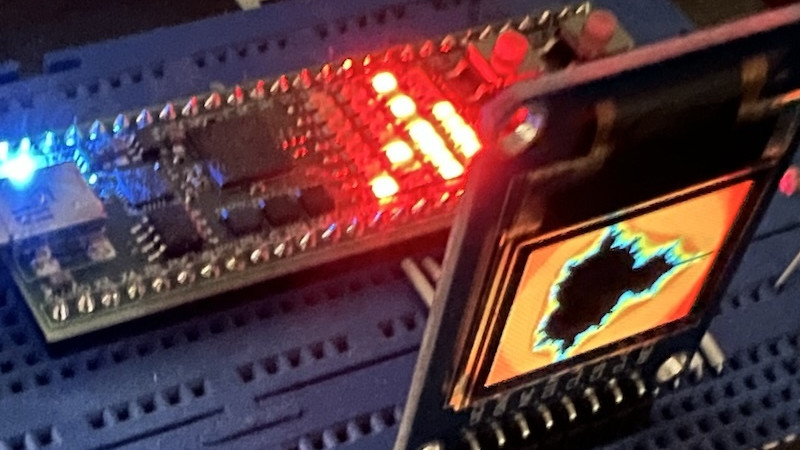The legacy of the MOS6502 microprocessor continues to evolve with the revelation of its elusive 32-bit version, known as the W65C832. Initially, the MOS6502 made a significant impact as an 8-bit microprocessor in various iconic machines. Developed by the Western Design Center (WDC), the 6502 laid the groundwork for several subsequent innovations, including its 16-bit counterpart, the 65C816, which powered devices such as the Apple IIgs and the Super Nintendo.
In October 2023, technology enthusiast Mike Kohn brought attention to the W65C832 by creating a Verilog version of this unmarketed processor, allowing it to be experienced through field-programmable gate arrays (FPGAs). This development sheds light on a project that, despite its potential, never reached commercial production.
Exploring the Evolution of the 6502 Architecture
The W65C832 was conceived as a 32-bit extension of the 6502 architecture. It aimed to retain the simplicity that characterized the original 8-bit design while providing enhanced capabilities. The datasheet produced by WDC hinted at a vision for a processor that could compete with the evolving demands of technology in the late 20th century.
Kohn’s work highlights the architectural differences among the 8-bit, 16-bit, and now the 32-bit versions of the 6502. Each iteration faced challenges in balancing backward compatibility with the need for modernization. While many processors from that era, like those from Intel, became increasingly complex, the 6502 maintained a straightforward design philosophy that could have led to different outcomes had the W65C832 been successfully launched.
The enduring influence of the 6502 architecture is notable, especially as it celebrates its 50th anniversary. The simplicity and accessibility of the original design made it a favorite among hobbyists and developers alike, fostering a generation of programming and gaming that defined early computing.
Imagining Alternate Paths in Technology
Had the W65C832 reached the market, it is intriguing to speculate how it might have influenced the development of video game consoles in the 1990s. The landscape of gaming technology could have shifted significantly, potentially leading to alternatives to the dominant Intel and ARM architectures that prevail today.
As technology continues to advance, the story of the 6502 serves as a reminder of the innovations that could have reshaped the industry. The recent exploration of the W65C832 opens new avenues for understanding the potential of legacy architectures in modern applications.
For those interested in delving deeper into the history of the 6502, Kohn’s work offers a fascinating glimpse into what might have been, inviting both nostalgia and curiosity about the ever-evolving world of technology.





































































